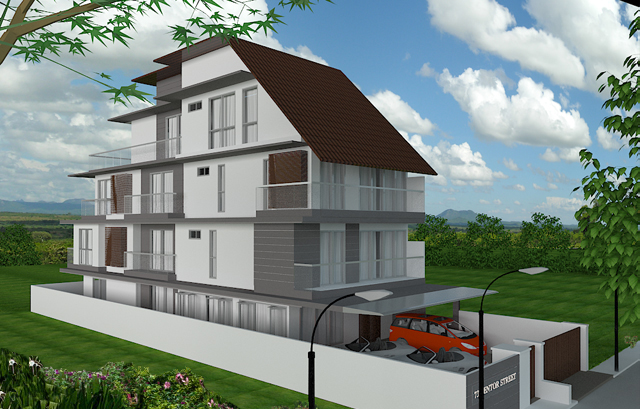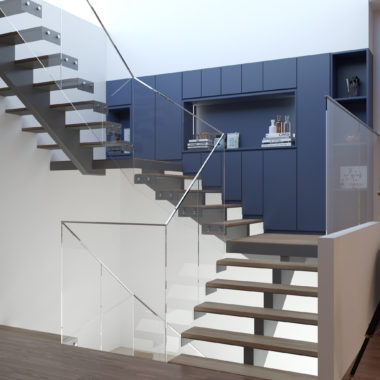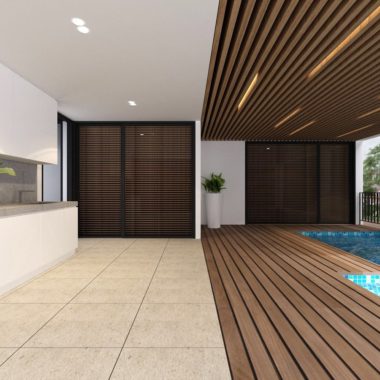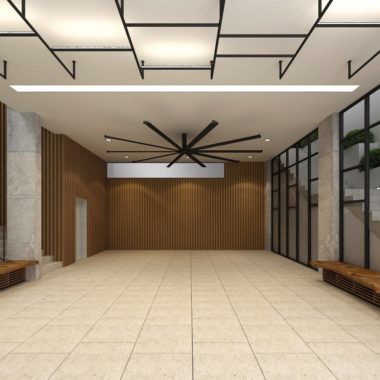MODERN / CONTEMPORARY:
Contemporary architecture is definable broadly as the building style of the present day. It is considered as the Modern Design Home. Examples do not necessarily have similar or easily recognizable features, however, because the “style” is really quite varied and has a number of different influences. Even though a precise definition of the term is difficult to articulate, contemporary homes typically include an irregular or unusually shaped frame, an open floor plan, oversized windows, and the use of “green” and repurposed components. Such homes also often have an organic design, fitting into the surrounding space and meeting an immediate need in the area. Prominent contemporary architects and their Arts include Frank Gehry, who designed the Guggenheim Museum in Bilbao; John Andrews, who designed the CN Tower in Montreal; and Jean Nouvel, who designed the Quai Branly Museum in Paris. Although people sometimes use the terms “contemporary” and “modern” architecture interchangeably, they technically are not synonymous. Modern architecture refers to the building style of the early to mid-20th century. It featured clean lines with an emphasis on function. Some people viewed the elements that characterized modern architecture as too cold and impersonal. This belief lead to the creation of the contemporary style as is recognized today. Like the modern style, it connects indoor and outdoor spaces, but it adds some personal touches and warmth throughout the living space. The use of natural light also plays a big role, so large and expansive windows are a common and easily recognized feature of such homes.





